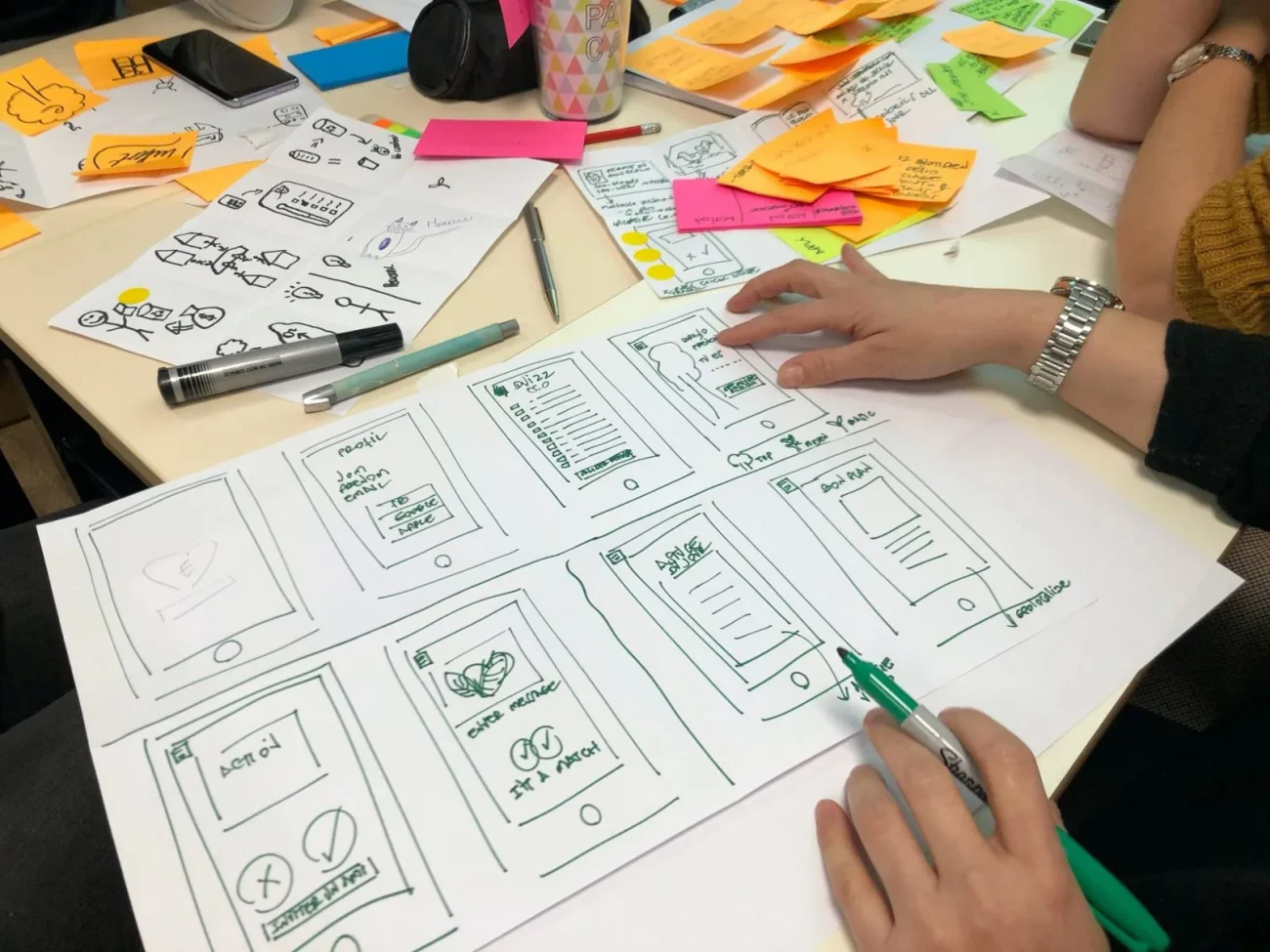Building a profitable SaaS MVP can be a challenge, but it’s not impossible. Here are four necessary steps to follow to make your MVP successful.
If you’re planning on launching a SaaS product, it’s important to first understand the pain of your audience. What problem are they trying to solve? Once you know this, you can begin to determine what features your MVP should have.
Choosing the right technology stack is another critical step in building a successful SaaS MVP. You’ll need to select a platform that is scalable and will allow you to easily add new features as your product grows.
After you’ve selected your technology stack, it’s time to build a prototype. This will help you get feedback from potential customers and make sure that your product is solving the right problem.
Finally, launch your MVP and measure the results. Don’t be afraid to pivot if you’re not seeing the results you want. With these four steps, you’ll be on your way to building a profitable SaaS MVP.
Here are these 4 steps in detail:
1. Understand the pain of your audience

Understanding the pain of your audience is essential to building a successful SaaS MVP. You need to know what problem they’re trying to solve so you can determine what features your MVP should have. If you’re not sure what the pain is, you can do some research to find out. Talk to your potential customers and ask them what problems they’re facing. Once you have a better understanding of the pain, you can begin to address it with your MVP.
It is always great to utilize a UX design company at this stage. UX designers must always keep in mind the pain points of their audience. By understanding the user’s needs, UX designers can create solutions that provide the user with a better experience. A UX design firm will use various research methods to identify the pain points of their target audience. This information can then be used to improve the design of a website or application. By taking the time to understand the pain of their audience, UX designers can create designs that are more user-friendly and effective.
2. Choose the right technology stack

Choosing the right technology stack is another key step in building a successful SaaS MVP. The technology stack is the set of software products and programming languages used to create a software application. You’ll need to select a platform that is scalable and will allow you to easily add new features as your product grows. There are many different options available, so it’s important to do your research to find the one that’s best for your MVP.
The right technology stack will depend on the specific goals and requirements of your project. For example, if you’re working with a UX design firm, you’ll need a stack that includes tools for user research, prototyping, and testing. On the other hand, if you’re focused on creating a minimum viable product (MVP), you may want to choose a stack that includes a cost-effective hosting solution and a simple billing system. Ultimately, the best way to choose a technology stack is to consult with a professional who can assess your specific needs and recommend the best options for your project.
3. Build a prototype

After you’ve chosen your technology stack, it’s time to build a prototype. This will help you get feedback from potential customers and make sure that your product is solving the right problem. Creating a prototype doesn’t have to be complicated or time-consuming. You can use tools like InVision or Balsamiq to create a basic prototype in just a few hours.
A Profitable SaaS MVP should have a strong focus on delivering a great user experience. A great user experience leads to increased customer satisfaction, which in turn leads to more customers and more return customers. Eleken UI/UX design firm can help you build a prototype that takes into account all of the important factors that go into a great user experience. They will also be able to help you test your prototype with potential customers to get feedback and improve the design. With a well-designed prototype, you will be able to launch your product with confidence, knowing that it has a strong foundation in good design.
Once you have a prototype, it’s important to get feedback from potential customers. You can do this by conducting user tests or surveys. This feedback will help you fine-tune your MVP and make sure it’s solving the right problem.
4. Launch and measure results

After you’ve built your prototype and gathered feedback, it’s time to launch your MVP. This is where the rubber meets the road—it’s time to see if your product is actually solving the problem you set out to solve.
To launch your MVP, you’ll need to create a landing page and start driving traffic to it. You can do this through online ads, social media, or email marketing. Once you have some traffic coming to your site, it’s time to start measuring results.
There are a few key metrics you’ll want to track:
- Number of visitors
- Conversion rate
- Engagement (time on site, pages per visit, etc.)
- Customer satisfaction
- Retention rate
These metrics will give you a good idea of how your MVP is performing and whether or not it’s solving the problem you set out to solve. If you’re not seeing the results you want, don’t be afraid to pivot and try something new. The beauty of an MVP is that it’s a learning experience—it’s all about experimentation.
Conclusion
Building a minimum viable product is a great way to validate a new business idea. By starting small and focusing on the essentials, you can save time and money while still gathering valuable feedback from potential customers. With a well-designed MVP, you’ll be able to launch your product with confidence, knowing that you’ve put in the work to create a great user experience.
UX design firms can help you with UX research, prototyping, and testing to validate your business idea and create a great MVP.
What are your thoughts on MVPs? Have you ever built one? Let us know in the comments below.








